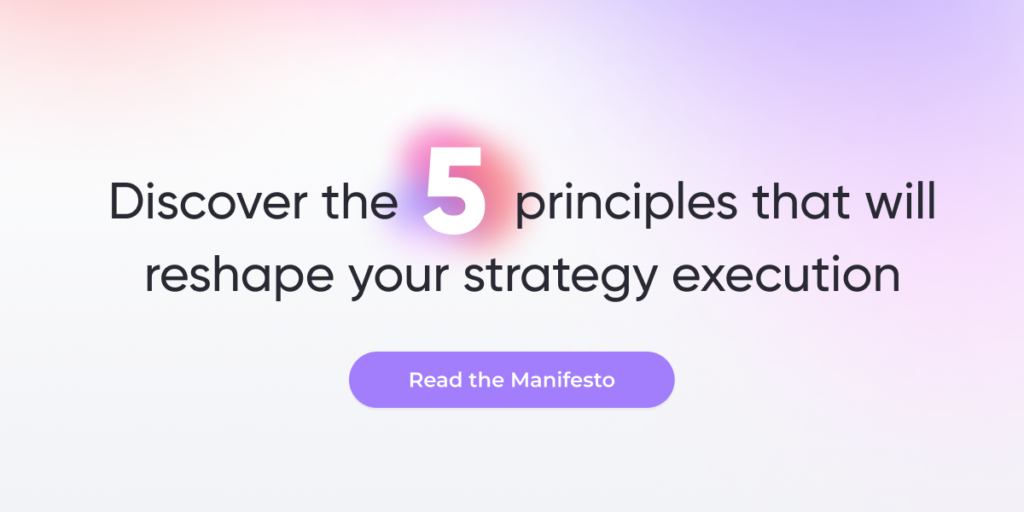Onboarding programs are crucial pathways that shape the beginning of every new employee’s journey in your organization. You’ve invested weeks—or even months—and thousands of dollars into finding the ideal candidates for each position. They’ve accepted the job offer, and they’re enthusiastic about joining the team.
But getting them set up in the HRIS system is only the beginning—now it’s time to set them up for success. A new employee’s experience on day one will influence their sentiment on day 30, 60, 90, and beyond. Your company’s commitment to getting them fully up to speed has a strong influence on whether they’ll stick around.
The first step is to ensure you have a strong onboarding program in place and then continually improve upon it. This becomes an iterative process as you use key performance indicators (KPIs) to set goals, evaluate your program’s effectiveness, and refine it to better meet your business objectives.
The top five KPIs for measuring the effectiveness of your onboarding program include the 90-day onboarding survey, time to productivity, employee engagement, new hire turnover, and communications engagement. Let’s dive deeper into each metric.
1. 90-day onboarding survey
Imagine you’ve started a new job. You’re excited, nervous, and ready to meet new colleagues. Fast forward 90 days—are you still feeling the same buzz or are you eyeing the door?
That’s where the 90-day onboarding survey comes in. A survey at the three-month mark—a critical point in the employee journey—is a pulse check for employee satisfaction. During this period, a third of new hires tend to decide whether they’re in it for the long haul or if they’d rather try again somewhere else.
Are they having a positive employee experience so far? By gathering feedback, you’ll get the inside scoop on what’s working, what’s not, and how you can better meet their needs and expectations. The investment of time and attention will reap rewards for both the bottom line and team morale. In the end, a happy new hire is a happy workplace.
33% of high-performance onboarding programs build social networking into onboarding. Learn how to start an onboarding buddy program to increase engagement.

2. Time to productivity
The time it takes for a new employee to reach full productivity can range from eight months to two years, according to Work Institute. Your companies have a vested interest in integrating new hires and training them to do their jobs at full capacity as quickly as possible.
Measuring time to productivity is an inexact science. One approach is to establish KPIs for the new hire’s role and track the time they need to achieve each goal. A simpler method would be to ask the employee’s manager to estimate how long they think it will take to get new hires up to full speed, and then follow up to see whether their estimate was more or less accurate.
A successful onboarding program must equip new hires with the skills, knowledge, and resources they need to hit the ground running. The sooner they start adding value, the sooner you see a return on your investment.
Companies with strong onboarding programs improve new hire retention by 82% and productivity by more than 70%.
Brandon Hall Group
3. Employee engagement
Engaged employees are the lifeblood of any organization. They’re the ones who go above and beyond, who bring their A-game every day, and who demonstrate their dedication to the company. Their energy generates positive customer experiences and higher business revenue.
When you gauge employee engagement, you have the insights to cultivate this kind of commitment from day one. Gather data on a quarterly and annual basis through engagement surveys, including pulse surveys and Employee Net Promoter Score (eNPS) surveys, to get an inside look at your new employees’ emotional commitment and enthusiasm as they settle into their roles.
Think of it as checking the vibe of your workplace culture and seeing how well your onboarding process is fostering a sense of belonging and excitement about the company’s mission.
Pro Tip: Take action on survey responses. Measuring engagement without acting on the results may decrease engagement, as employees feel ignored.
McLean & Company, Employee Engagement Trends 2023
4. New hire turnover
The percentage of your employees who stay or leave within their first year is an important metric for evaluating whether your onboarding program is hitting the mark.
A high percentage of voluntary new hire turnover is a red flag that something is amiss in their onboarding experience. They may be floundering because they’re not getting the support they need. Or perhaps they haven’t been integrated into the culture and feel isolated and disconnected.
This KPI provides valuable information for uprooting the causes of their discontent and making sure they feel valued from the get-go. An effective onboarding program will slow the spin of the revolving door during a new hire’s first year so your teams don’t have to start from scratch training their replacement.
Happy employees mean happy customers
5. Communication engagement
Effective communication is the cornerstone of any successful relationship. The same goes for strengthening the connection between new hires and your company. How do you know if your messages are hitting home?
When you create personalized, automated onboarding journeys in an intelligent communication platform like Firstup, you can track views, likes, comments, and survey responses. These metrics reveal how well your communication campaigns are resonating with new hires throughout their employee journey.
Studies have shown that there’s a positive correlation between communication interaction and employee engagement, and by extension, company performance. Firstup research in partnership with people analytics firm One Model found that communications engagement was also predictive of attrition.
Rather than analyzing data after the fact, the Firstup platform’s real-time analytics allow you to forecast retention before it begins to waver.
“The root of any good relationship is communication, and that’s absolutely true for the relationship between employer and employee.”
Sabra Sciolaro, Chief People Officer, Firstup
Hit the mark with your new hires
A less-than-stellar onboarding experience hinders your talent acquisition efforts, wastes time spent training new team members, and hurts company morale—all of which directly affects your bottom line.
That’s why it’s essential to actively monitor how well your onboarding program is performing. These five KPIs can help you set goals and track how your onboarding efforts are impacting the new hire experience.
Onboarding requires ongoing refinement to maximize the investment you’ve made in your employees and their potential contributions to the business. The payoff? Happier employees and a healthier bottom line.
Want a way to see these KPIs at a glance?
Download the Top 5 Onboarding KPIs cheat sheet.
Download PDF








